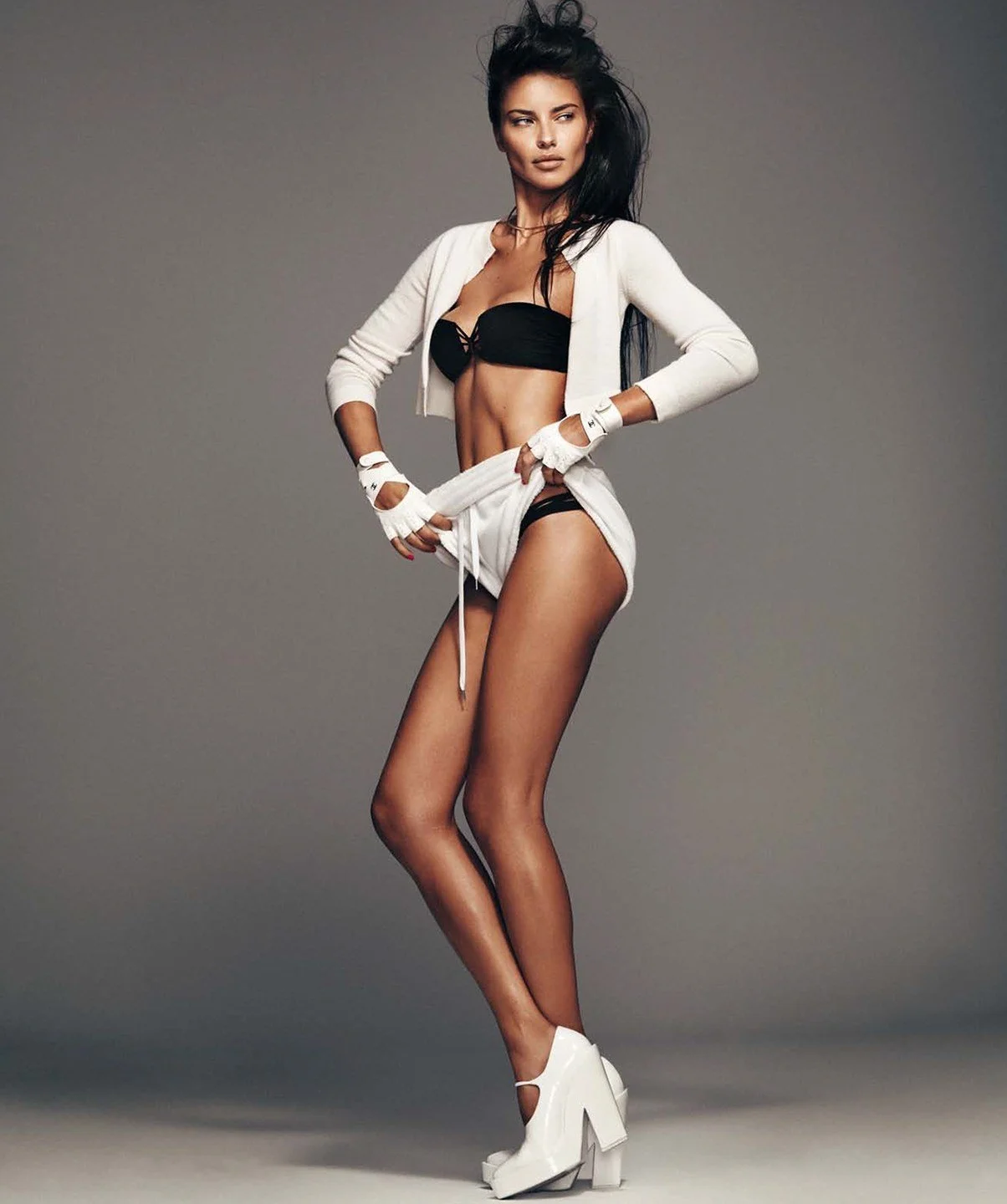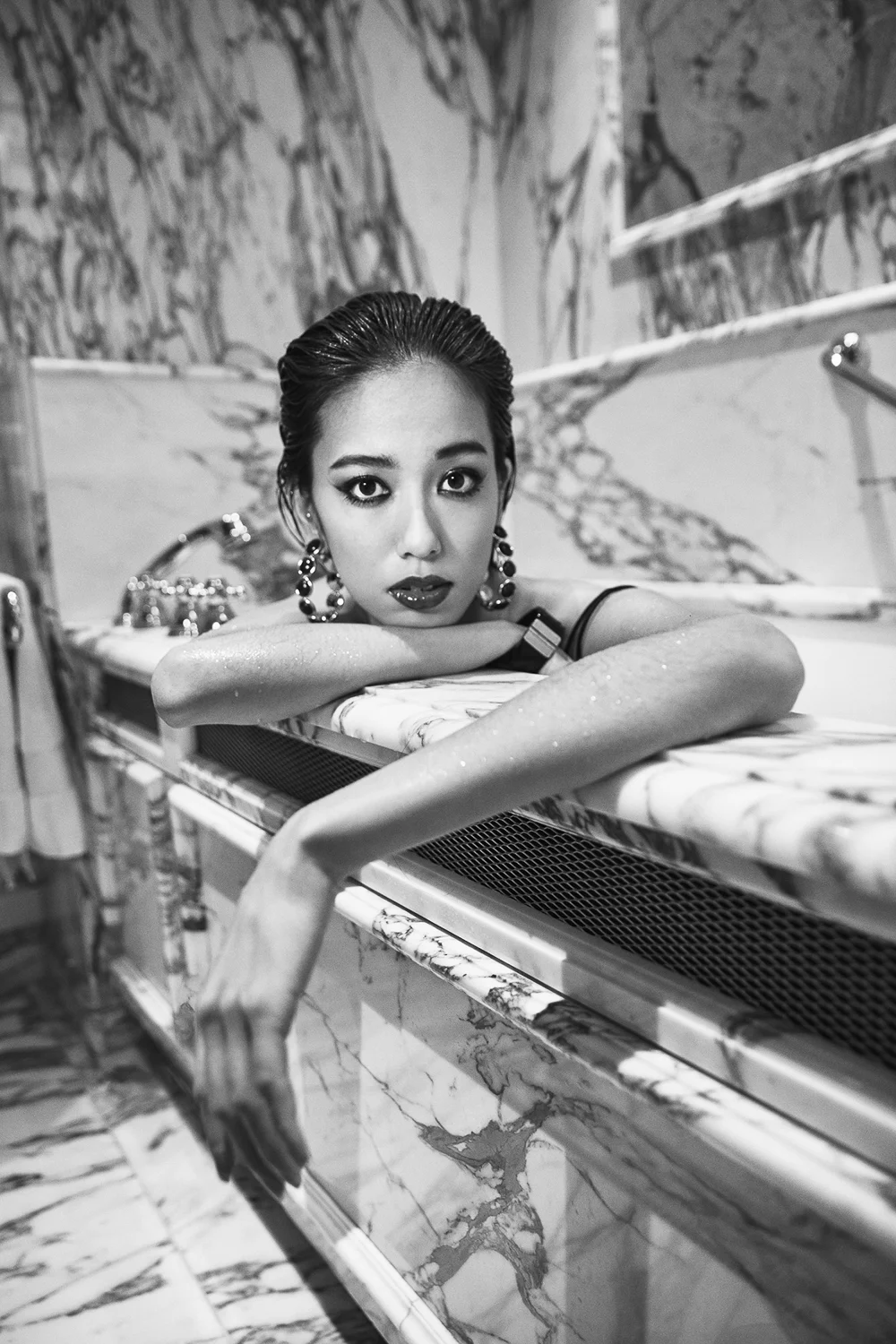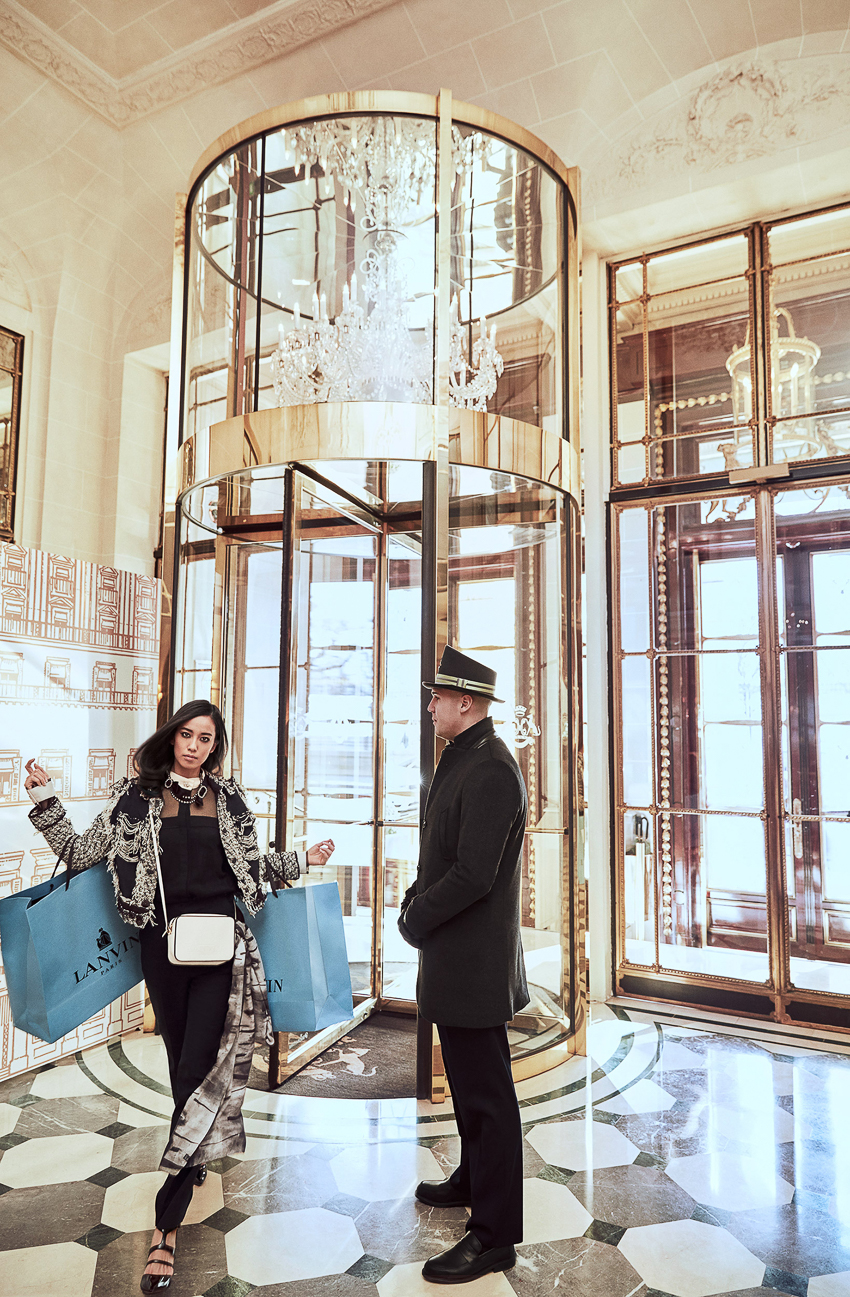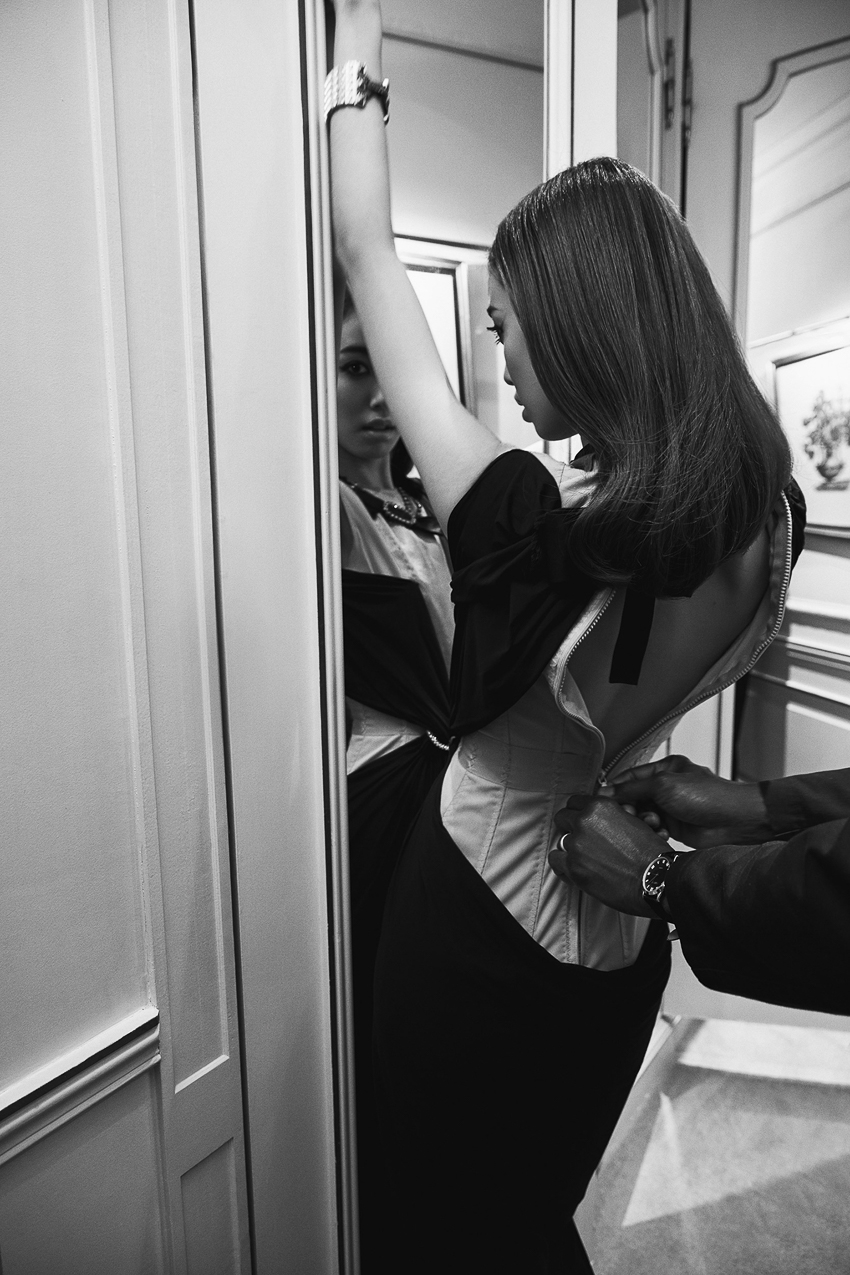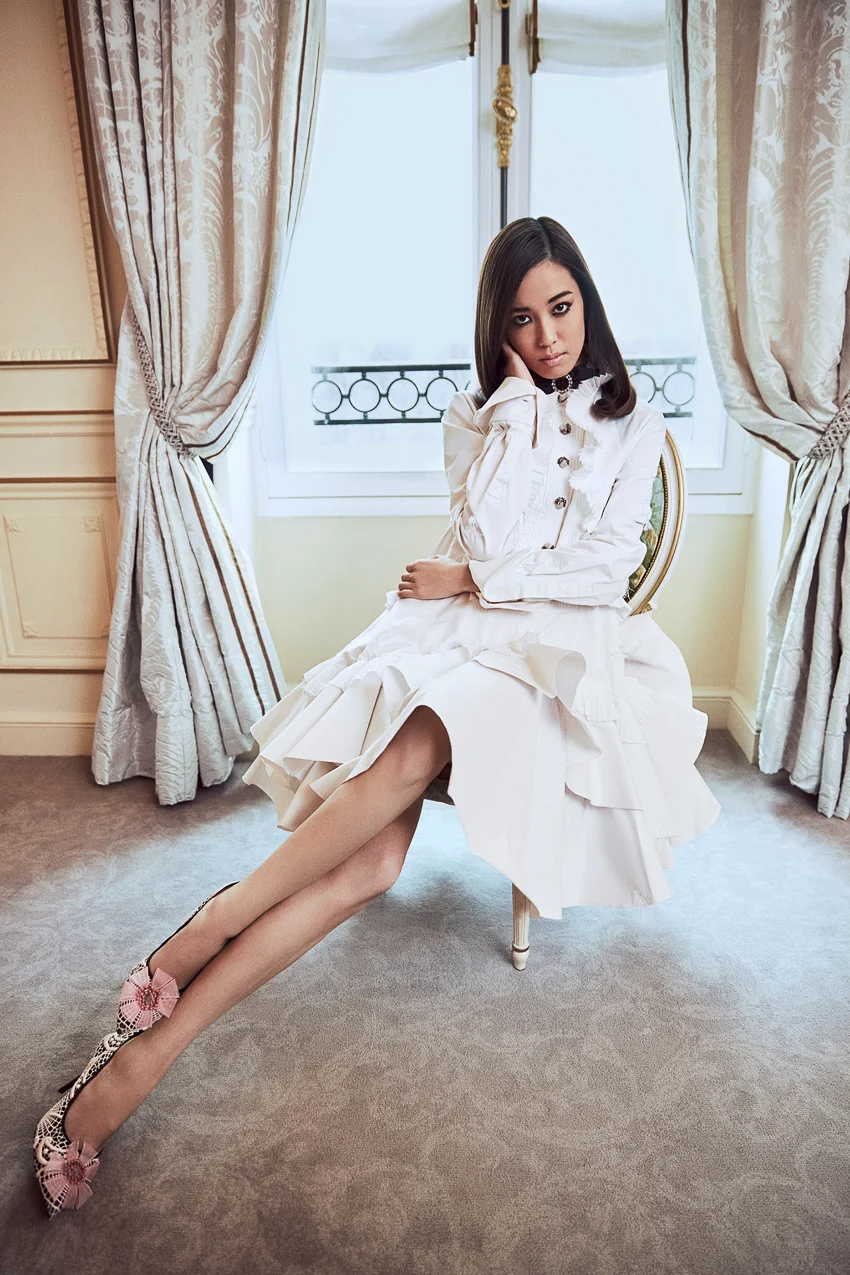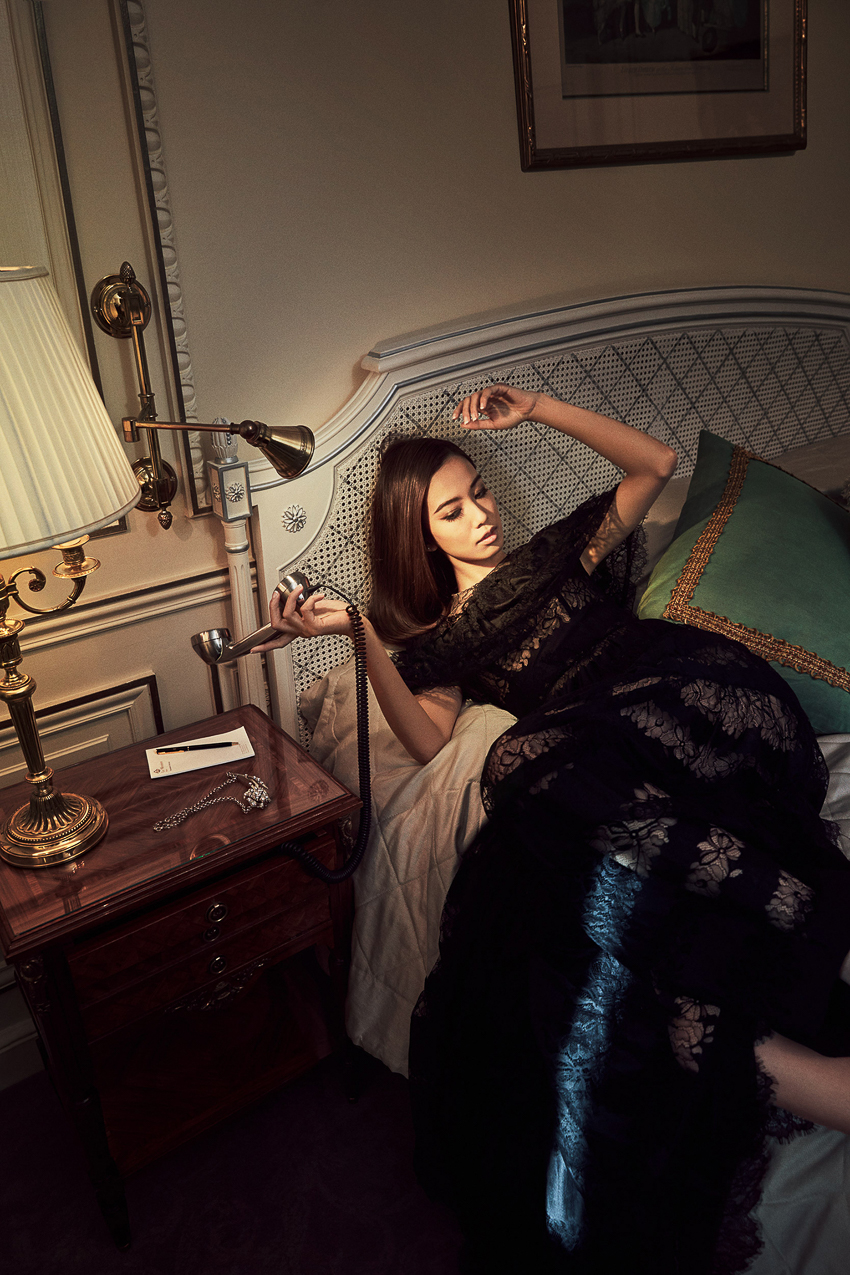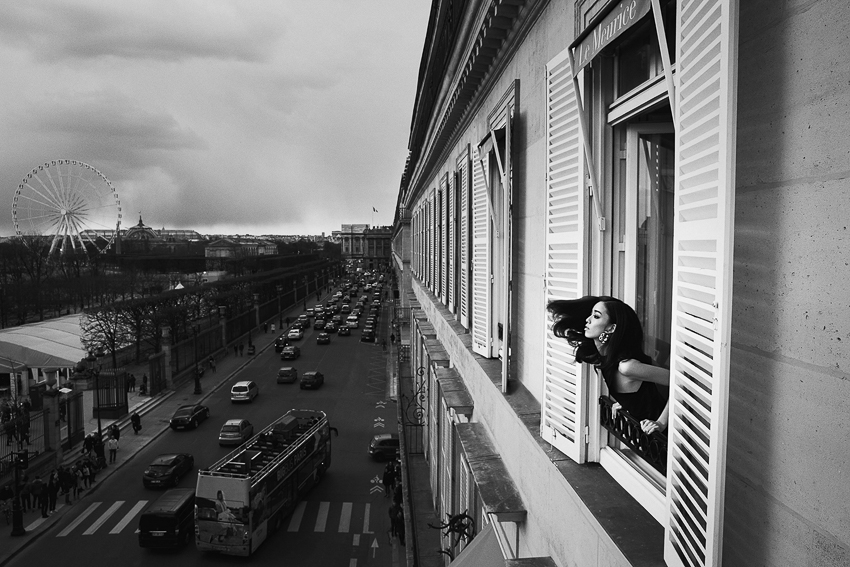Annie Chen Is Drenched In Conspicuous Consumption For Vogue Taiwan June 2016
/Model Annie Chen is drenched in Chanel luxury, styled by Sara Cazeneuve for Vogue Taiwan's June 2016 issue, lensed by Baard Lunde.
AOC has long explored consumer attitudes around consumption with a focus on three major groups: the Traditionals, the Moderns and the Cultural Creatives. Now, more than ever, the world of luxury is being challenged for its values around shopping and piling up more 'stuff'. Conversations around inequality are paramount and also supply-chain economics: ex, why do cocoa farmers make pennies harvesting the key ingredient in truffles and can cost $5 for one small bite.
Author Stephan Rabimov's new book 'Real Luxury' makes the case-- it's the case for Cultural Creative values -- that "luxury brands can best save themselves by saving the world." And don't use the term 'sustainable luxury'. Pinkhasov hates this term for two reasons:
First, for many people sustainable still smacks of compromise: less indulgent, less exquisite, less profitable. The feel-good factor is in the noble sacrifice for the common good, which isn’t consistent with luxury. Second, people hear sustainability and think supply chain.
Instead argues the author, consider that LVMH alone accounts for almost 1% of global ad spend. Of course the luxury market should clean up its supply chain. But the more important focus should be how the luxury market influences our values. Flip the focus From Sustainable Luxury to Luxurious Sustainability.
Note that Rabimov makes the point that Chanel and Yves Saint Laurent transformed feminism from a revolutonary street movement to an aspirational one by associating it with haute couture. Saint Laurent, yes, but I don't know any accomplished woman who bought into Chanel's quirky fashion show with Gisele holding up a feminism sign. Chanel remains a Modern values brand that says she who consumes the most stuff wins. This is the message of these Baard Lunde images. By contrast the LVMH group is more committed to at least the appearance of Cultural Creative values. And Gucci's parent company Kering has a history of more humancentric values than Chanel.
As Tim Blanks wrote about Karl Lagerfeld taking Chanel's May 2016 cruise show to Havana:
The fundamental incongruity of the moment was lost on no one. Cuba is very poor, Chanel is not. Cuba is only now relaxing from the rigours of Fidel Castro’s communist dream, Chanel has long benefited from different dreams, the ones Karl Lagerfeld realises with the bottomless capitalist resources of a huge French fashion house. But you could also say that something the two men have in common — aside from the fact they’re both in their 80s — is the ability to imagine a world and bring it into being. The force of will that has taken is acknowledged in their sobriquets: Castro the Comandante, Karl the Kaiser.
In the wake of Chanel's cruise show, timed with the arrival of the first cruise ship from America, "a fierce debate about the downside of detente with the United States" broke out. "Artists, writers, and intellectuals who believe deeply in Cuba's opening to the world are questioning their government's management of an onslaught of big-money pop culture," wrote The Boston Globe.
With the arrival of the Adonia, the first US cruise ship in Cuba in nearly four decades:
Television viewers watched prosperous-looking Americans greeted by trays of rum drinks and Afro-Cuban dancers in skimpy Cuban flag-patterned bathing suits. For many Cubans, it was a spectacle uniting the worst exotic stereotypes about their country with disrespect for a symbol of independence.
Simply stated, luxury brands adopt differing values proposition. Chanel and Dior are different, as are Chanel and Louis Vuitton. More discussion on the luxury market follows end of editorial. ~ Anne
Luxury market pattern to continue for foreseeable future: Bain Luxury Daily
More coming . . .

